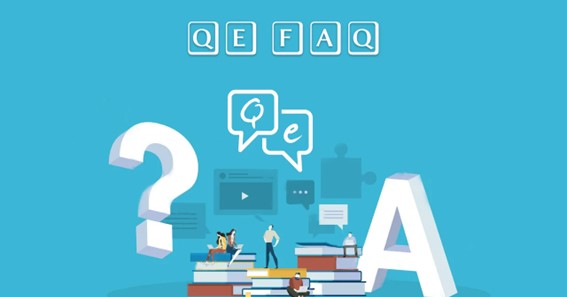Google rewards sites that are thorough, thoughtful, and answer customer questions. If you clicked on this article, chances are you have a feeling that you aren’t answering all of your users’ questions. You may recognize a drop off in leads at a certain point. Or, you may simply not be getting the amount of visitors you’d like in the first place. No matter the scenario, you’ve come to the right place.
Wooing Google starts with understanding what types of questions you’re currently answering and which ones you’re missing. There are tactics that can help you as a writer or content manager elevate your site. Keep reading to learn three of these tactics and discover how charming Google really is worth its weight in gold.
1. Run a Gap Analysis
The first step is taking inventory of your current content. You can’t get into a relationship with Google if you don’t know where you stand. This step is known as a content gap analysis, a way of checking and optimizing content either site-wide or on a particular page. Depending on the size of your blog or site, this analysis can be a hefty task to complete. Avoid the temptation to rush through it, however, as it’s the foundation for really all your content.
Once you’ve analyzed your current site, you’ll start to notice some gaps stemming from unanswered questions. Even if you’ve thoroughly written on a topic area, you may find that you need to go deeper to truly answer everything. This may mean creating a new article altogether or updating an existing one to be more in-depth. Just don’t throw every unanswered question into one article and call it a day though. This won’t be helpful to readers, and thus Google won’t deem it helpful either.
You can then start to strategize about how you’re going to fill these gaps in your current content. This step enables you and your team to better plan your future content as well as address and answer any lingering questions. By doing so, you will be creating comprehensive content that will benefit your targeted users and in turn please Google.
Click here – 7 Brilliant Reasons to Have Your Car Windows Tinted
2. Lean into E-E-A-T
No, that’s not a typo! E-E-A-T is a Google concept standing for experience, expertise, authoritativeness, and trustworthiness. The first ‘E’ was added at the end of 2022, highlighting the importance of writing with experience in mind. This can be a product review from a real customer or a first-person narrative. Leaning into E-E-A-T and sorting content by this acronym can help boost your content’s SEO ranking.
Following E-E-A-T is a great way for content creators to structure new articles and update existing ones. Before you begin writing, take a moment to think about each of the letters in the acronym. Is there an experiential review you can obtain from an individual? Ask yourself what kind of expertise you can provide to the reader. This may mean that you should interview experts — such as doctors, authors, CEOs, and financial professionals — and provide their credentials.
Next, add authority to your content by linking to reputable sites. Do your research here because you want to link to the most reliable, legitimate sources. This can help you build trust with your readers and ensures your content is free of inaccurate statements and myth-provoking claims. By structuring your content using the lens of E-E-A-T, you will provide reader-specific answers while also pleasing Google’s algorithm.
Click here – Commercial Uses Of A Flatbed Trailer
3. Embody Your Target Audience Persona
Let’s say you’re creating content for your home decor blog. Who is the person on the other end of the screen? Where do they live and what do they do for a living? Are they single, married, or living with roommates? Do they like to travel or are they more of a homebody? All of these questions — while specific — allow you to truly embody your target audience persona.
A key way to identify missing questions from your content is to read your content from your target audience’s POV. This is a great exercise to do with your content management team, and it can be surprisingly fun as well! Understanding your persona’s wants and needs as well as their interests and passions can help you anticipate their questions.
When you have a crystal clear picture of your audience, identify strategies to better reach them. You may decide to start amplifying your blog content by adding Pinterest pins for better reach. Or, you may come up with a strategy to repost certain content on social media. Meeting your intended audience where they are is a way to spark their interest and keep them engaged.
Takeaways
Creating content isn’t just a one and done task. It takes consistent work and due diligence to maintain an up-to-date, informative website. Churning out content for the sake of doing so isn’t helpful to anyone, and it can even be harmful to your ranking. Your audience won’t find it easy to understand and Google will see through this strategy. Be thoughtful with each piece you publish and keep these three discussed strategies in mind.
When writing, pay attention to your own questions knowing that your intended reader is likely asking the same ones. Also, do a quick search on the topic before you jump in. Google may lead you in a new direction when you see what’s already available. While it’s all a bit of trial and error, using these strategies effectively will help you see results.






